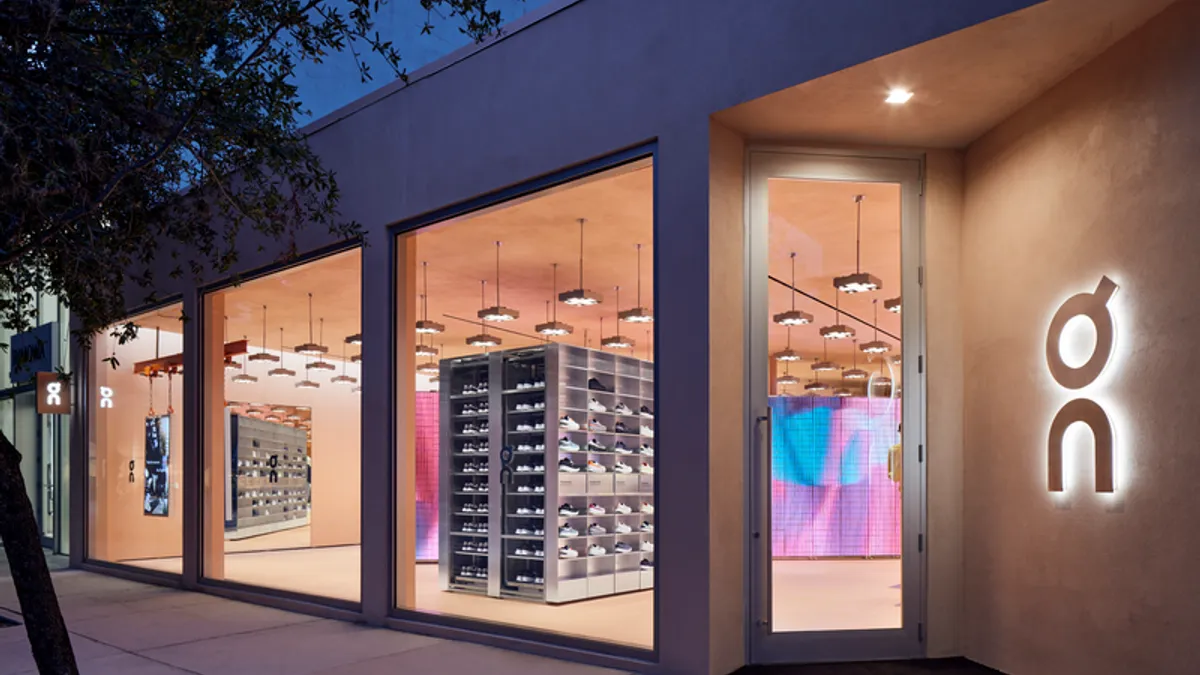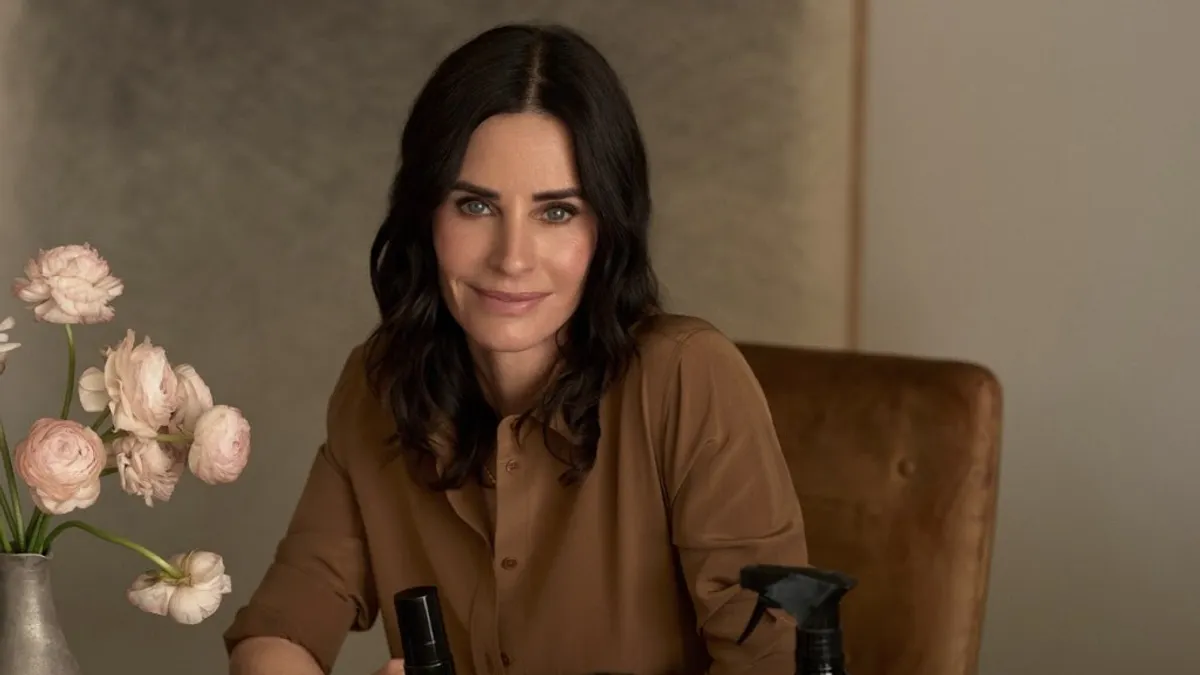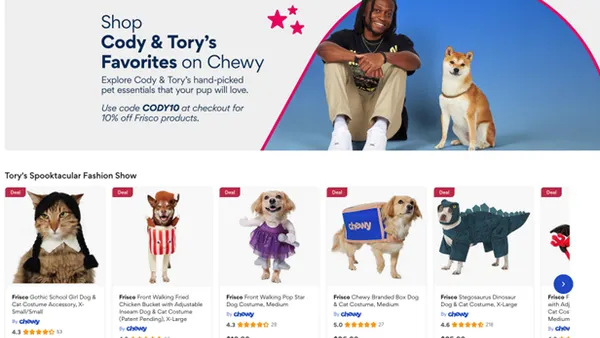If the life of Barnes & Noble were a book, this is the part where the calvary comes riding over the hill or the White Knight charges in, after many pages of tension.
Eight months after officially exploring a sale, Barnes & Noble landed a buyer in June. The $34 billion hedge fund Elliott Management has already picked up a large bookstore chain overseas, Waterstones, and Paul Best, Elliott's portfolio manager and head of European private equity, said when the Barnes & Noble deal was announced that it, "demonstrates our conviction that readers continue to value the experience of a great bookstore."
True, but not as much as they used to. Annual sales at Barnes & Noble haven't increased since 2012 and in fact have declined $700 million since 2015 as Amazon has taken over as the top bookseller in the country. The trends have created an ongoing existential crisis for the last national bookstore chain in the U.S. as it has cycled through CEOs and strategies in recent years.
At least on paper, Barnes & Noble has time, financially, to turn itself around. It has relatively little debt and plugged past losses through cost cuts. Given the pace of the industry, though, things can change quickly. Its problems are many and the viability of possible cures is uncertain. It is thoroughly outgunned by Amazon on assortment and price, and so far hasn't been able to compete with brick-and-mortar independents on store experience.
A new buyer for the retailer would spare it from the pressure of public investors and turn management over to a chief executive who has turned around a major bookseller in the U.K. with plans to improve the company. But after years of tinkering with costs and merchandise, there may not be many tricks left untried by Barnes & Noble.
Shrinking sector, rising giant
The sector Barnes & Noble competes in is shrinking. Store-based retailing of media products broadly has shrunk 15% since 2013, to $12.1 billion in 2018, according to data from Euromonitor emailed to Retail Dive. Fortunately for Barnes & Noble, it has held on to the No. 2 spot in that category — which includes books, music, video games and movies — over that period. But that is small consolation when the sector lost more than $2 billion in sales in half a decade.
It doesn't take Sherlock Holmes to track down where those sales went. According to Bloomberg, Amazon now controls 42% of book sales and an astounding 89% of e-book sales, making it "by far" the biggest book retailer. With fewer than 20 physical stores, it's a safe bet most of those sales are done online.
"Literally, that is where Amazon started," Dennis Cantalupo, president of Pulse Ratings, said in an interview. "Amazon was the first disruptor, and it was in the industry of books."
Barnes & Noble has not been a match with Amazon online, either. "Quite frankly, if you look at the difference in our results and that of the leading online bookseller, I mean it's such a chasm of difference between the two," Chairman Len Riggio said in September. He added that he thought a team was in place "that really knows how to work from the bottom up, customer to customer, book to book, transaction to transaction" to create a better website.
The retailer's CFO Allen Lindstrom told analysts in March that e-commerce sales fell 2% in the quarter that included the holiday sales period — and that was an improvement over past trends. Transactions on Barnes & Noble's website fell 9.1% in 2018, according to a Jumpshot report emailed to Retail Dive.
By comparison, Best Buy — another big box category retailer that has had to find a way to compete with Amazon — posted 14.5% growth in comparable online sales in its most recent reporting period and now gets more than 15% of its sales from e-commerce.
Barnes & Noble has tried to plug its leaking online sales by boosting its paid search, which drove a substantial increase in search traffic to its website in the last quarter of 2018, according to Jumpshot.
It gets worse. Most — 92% — of Barnes & Noble shoppers also shop at Amazon, according to data provided to Retail Dive by Earnest Research. Those figures are in line with other retailers tracked by the firm. A point of particular pain for Barnes & Noble is Amazon Prime members. Sales from that group at Barnes & Noble have declined faster than the average shopper.
Sales at Barnes & Noble by shoppers who had recently signed up for Prime for the first time dropped 5% in the 12 months between Q2 2018 and Q2 of this year, according to Earnest Research. Sales from the same cohort declined 4.5% in the 12 months before that.
Cracks in the brick-and-mortar business
Barnes & Noble has had problems in the physical world, too. Brian Callahan, innovation research analyst at the data and analytics firm 1010data, said that the bookseller historically has lagged independent book stores, namely in dollars per transaction, which historically has been several dollars less than independents. Barnes & Noble has been able to narrow the gap somewhat recently by boosting its non-book offering. But that strategy is "a little bit difficult for a retailer," Callahan said. "That's not your core business."
As for books, "In our data sets, there is little indication that side of the business has stopped the bleeding," said Callahan, who attributed the problem to customer traffic. "They're just not getting people inside the doors."
Also of concern for the retailer, gift card breakage — meaning the amount in unredeemed gift cards — has in the past increased. While that's money that stays with the retailer, Callahan notes it poses a larger existential problem for Barnes & Noble. It's a sign that those gift card recipients "don't think they'll find anything of value" to them at the retailer.
What's working
Tough and plentiful as those challenges are, there are bright spots. One of them being the bookseller's loyalty program.
Member retention has been increasing. Earnest Research found that 78% of those who signed up for a Barnes & Noble Membership — which offers regular discounts, free shipping and other perks — in 2017 renewed their membership a year later. That was more than double the previous year's retention rate.
The company says that members visit and spend more, and the membership provides "valuable data and insights" into the retailer's customer base, which it can use to better market to it.
Beyond the membership, the retailer has been working on its top-line, comparable and digital sales through more aggressive marketing, omnichannel improvements (including a buy online, pick up in-store rollout), new events, store tests and narrowing of its assortment. On the latter front, Chief Merchandising Officer Tim Mantel said in March that the company has condensed and relocated its movies and music section — sales of which have been falling — out of the sales floor in 91 stores.
The retailer is generally trying to become more of a gift destination, including in toys, where they have been helped along by the departure of Toys R Us from the market. Cantalupo said that at a recent meeting of the Toy Association trade group, Barnes & Noble was the "No. 1 topic" at a panel he attended.
But Mantel noted the retailer needs to keep testing its stores to make sure an expanded toys section can stay "productive for more than eight weeks" out of the year, meaning beyond the holiday season. The retailer is also testing smaller stores, restaurants and new formats.
"They get a lot of traffic, they really do," Ryan Vaughan, a principal and analyst at investment bank Needham & Company, told Retail Dive in an interview. "Going back a few years when we had our first child, going to Babies R Us or Toys R Us — the stores were empty. It was 10 o'clock on a Saturday morning or 2:30 in the afternoon on a Wednesday, and no one's there."
The $5B difference between B&N and Toys R Us
Despite the sales declines, Barnes & Noble's finances are in pretty good shape. That is perhaps the most significant difference between the bookseller and other big box and specialty retailers that have struggled with traffic declines and shifts to online sales.
Barnes & Noble has time and flexibility, because it carries relatively little debt on its books. Even after an increase from a year ago, the retailer carried just $203.8 million in long-term debt, while pulling in more than $145 million in EBITDA per year. Toys R Us — to take the example of another sole box player in a market attacked by Amazon — carried $4.7 billion in debt in the year before it filed for Chapter 11. That figure was six times larger than its EBITDA.
"They went toe to toe with the strongest player the industry has ever seen for 20 years. They're at crossroads, but they're still here."

Dennis Cantalupo
President, Pulse Ratings
Barnes & Noble's balance sheet could change if its acquisition deal adds leverage to its books. But details of how the transaction will be financed still have not been fully disclosed. Cantalupo said the retailer's EBITDA could support $300 million to $400 million in leverage, unless its performance erodes further.
Barnes & Noble has also been able to take costs out of its business, which helped reduce losses in its most recent quarter and turn a loss into a profit in fiscal 2019 after it cut $50.4 million in costs. But those cost cuts have come at a, well, cost. The retailer has slashed 4,000 full-time jobs from its retail unit since spring 2017, while increasing its part-time workers by 2,000, according to securities filings. Those full-time staffers come with experience, institutional knowledge and loyalty that can't necessarily be replaced by part-timers.
Perhaps the biggest reason for hope about Barnes & Noble's future is the fact that it is here at all, after competing with Amazon from the very beginning of the e-commerce giant's run. Barnes & Noble, Cantalupo said, has been able to stick around because people still like going to its stores and landlords still like having the retailer at its centers for the interest it draws.
"They went toe to toe with the strongest player the industry has ever seen for 20 years," Cantalupo said. "They're at crossroads, but they're still here."
Here comes the calvary
All those reasons may explain Elliott Management's interest in buying Barnes & Noble. If all goes well, the deal would close the chapter on a turbulent year, which has included a long search for a buyer, a failed merger, a legal battle with a former executive and agitation by activist investors.
The deal still needs regulatory and shareholder approval. One investor, Richard Schottenfeld, is on record as thinking Elliott's $683 million offer ($6.50 cash per share) was too low. Vaughan said he expects shareholders to like it, especially as they've been getting paid more than $40 million in dividends from the retailer every year, adding to the return on their investment in the company.
"But I'll say this much, if they'd got a few things right, no question this thing could go for 10 or 12 bucks [a share]. But you know, the top line's been declining," Vaughan said. "It's hard to argue something much better, just given the current state that they're in today."
Assuming the deal goes through, the big question is where Barnes & Noble goes from here. For one, it will get a new CEO in James Daunt, who led a turnaround at Waterstones, the largest book retailer in the U.K., and which was taken over by Elliott about a year ago. The two booksellers would share best practices and Daunt as CEO but remain separate operating entities, the companies said.
The leadership transition could give Riggio more confidence heading into retirement, and give Barnes & Noble fresh leadership. "Lenny's been able to make it work, or not work, for all these years," said Zel Bianco, founder and CEO of analytics software firm Interactive Edge, and who worked for an advertising firm that handled the bookseller's account in the 1980s. "He's not going to hand over the keys to just anybody."
Riggio said in a letter to employees that he knew Daunt and was "delighted" the Waterstones CEO would take on the role. "Like me, James believes our culture has to be more store-centric, which means more localization of assortments and operations."
It's an open question, though, how much room there is for Daunt or Elliott to improve Barnes & Noble's performance.
"So some of the things that I understand he did at Waterstones was to change up the merchandise mix a little bit, bringing in some toys for higher margin products," Cantalupo said. "Now, Barnes has done a lot of that, right? They've cut expenses over the last couple years. ... So I feel like they've been running parallel lives for a while."





















